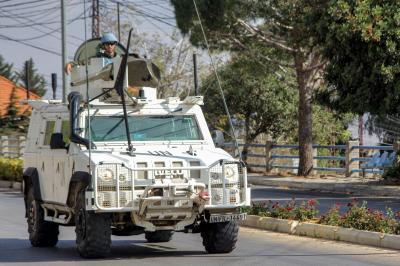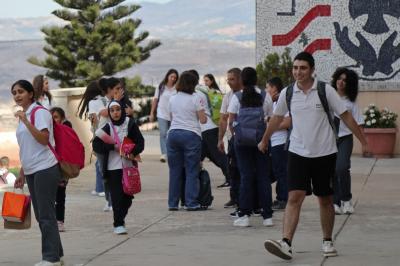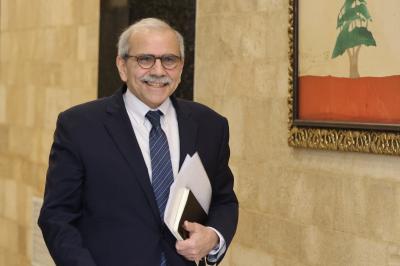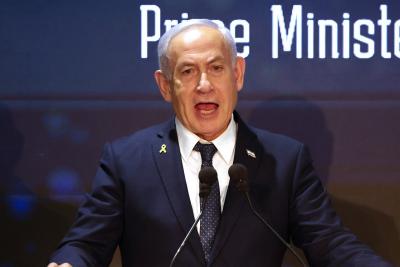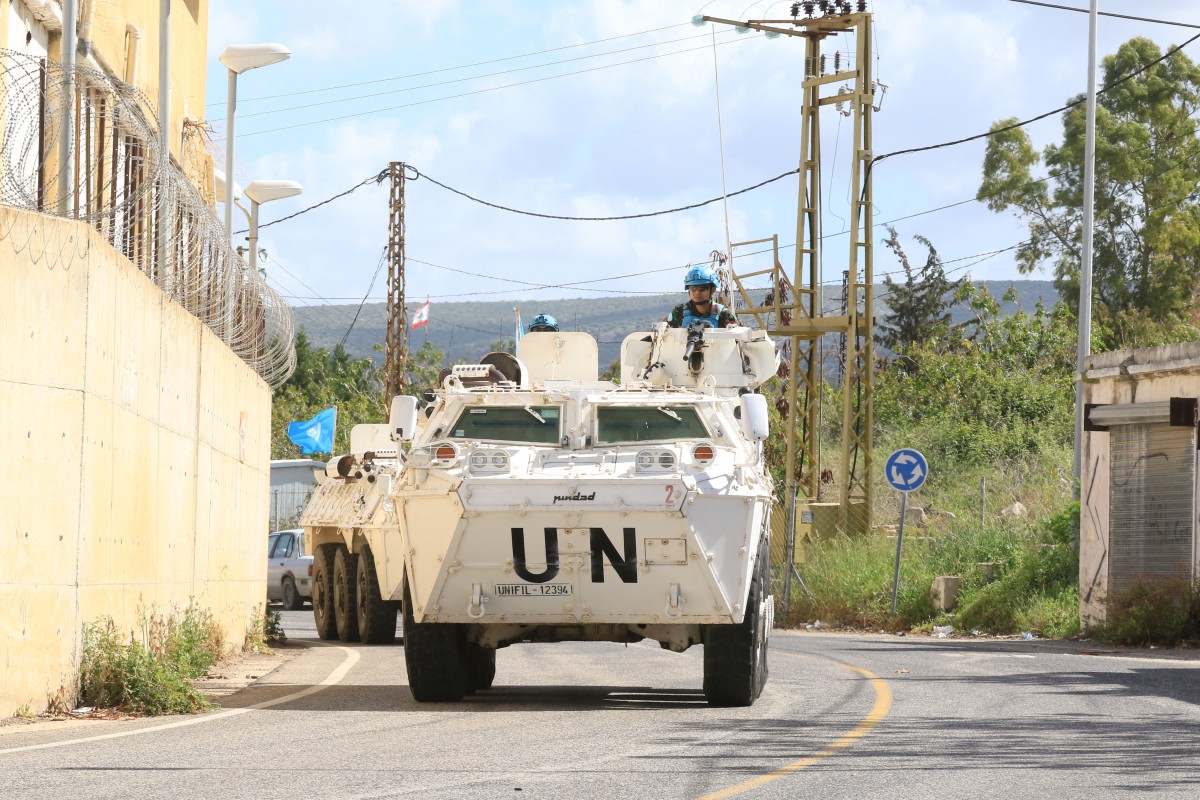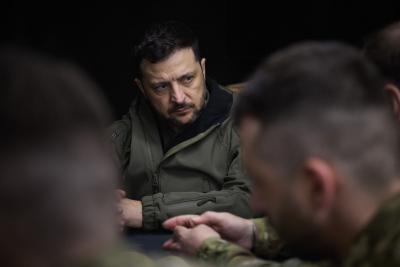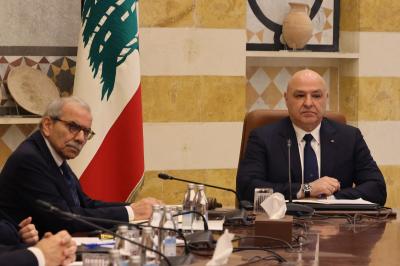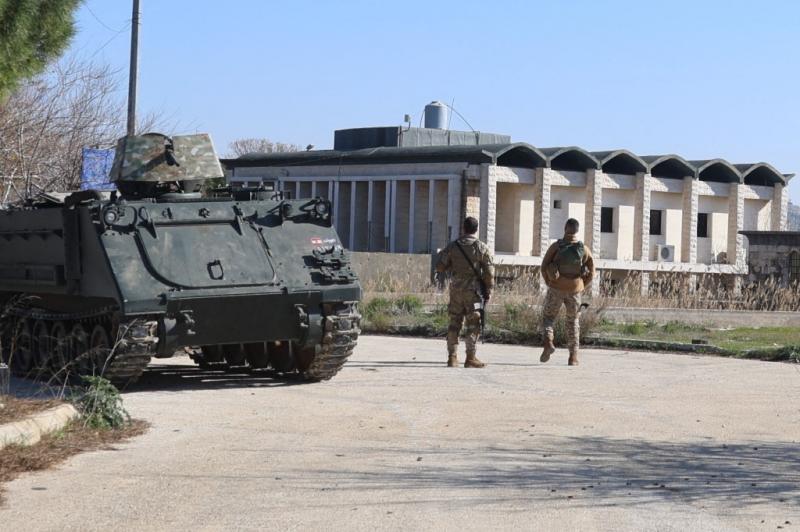The latest, and likely final, chapter of the renewed war that has engulfed the region for the past year and a half imposes a new Lebanese approach—one promised by the presidency and government. This approach departs from containment, appeasement, and temporary crisis management. Instead, it seeks to implement the core principles outlined in the presidential oath, ministerial statement, and binding commitments, particularly as detailed in the written agreement to “cease hostilities” announced on November 26, 2024, which took effect at dawn the following day.
Two key Lebanese players are directly responsible for implementing these commitments: the Lebanese state and Hezbollah. While Hezbollah is attempting to buy time, banking on geopolitical shifts to rebuild its military and political standing while retaining its weapons, the state does not have the luxury of waiting. It cannot rely on a dramatic regional or international shift—such as the fall of the Iranian regime—to break Hezbollah’s defiance over disarmament.
The international sponsors of the ceasefire agreement, led by the United States, have openly questioned Lebanon’s sluggish implementation of its commitment to monopolizing arms under state control. The Lebanese government might justify its hesitancy by citing concerns over triggering internal conflict or civil strife. However, this fear is not entirely justified, as addressing the arms issue does not necessarily require violent confrontation but rather the strength of reason, persuasion, and transparency.
So far, the Lebanese state has not fully wielded the power of argument and open dialogue—neither in cabinet sessions nor through convening the Higher Defense Council. Moreover, it has yet to complete its strategy of financially drying up illegal arms funding and imposing restrictions on the movement of illicit weapons in their strongholds, areas of influence, and key transit points, particularly along the Syrian border.
Currently, the state’s demonstration of its commitment to the ceasefire measures and its assertion of authority remain limited to two key areas. The first is south of the Litani River, where the situation remains unclear. The second is in the region of Hosh al-Sayyid Ali on the Syrian border following recent clashes. However, there was an alarming incident involving an army unit deployed in the area, where troops were accused of treason and faced Hezbollah’s slogans in an apparent act of intimidation.
Meanwhile, the international community is closely monitoring all regions, from the south to the north and the Bekaa Valley, tying the disarmament process directly to Lebanon’s reconstruction and reform efforts. In fact, the reconstruction file is even more intertwined with the resolution of the arms issue, not just in the eyes of donor countries but also in the perspective of Lebanese citizens who have lost their homes and businesses. Many are reluctant—or outright refuse—to rebuild for the second time without guarantees that their properties will not be destroyed again in future conflicts. They seek assurances that the root causes of Lebanon’s endless wars, which have plagued the country for half a century, will be addressed once and for all.
Lebanese expatriates in Africa, Europe, the Gulf, and the United States voice similar concerns: “We spent half our lives saving money to build our homes in the south and other regions. We were encouraged to construct near the Blue Line because ‘the resistance’s weapons’ would deter Israel. Then, overnight, everything collapsed. Who can guarantee that our remaining years and savings won’t be wasted again, even if aid comes from here and there?”
These realities place the Lebanese state in a strong position to address the arms issue. The government alone can respond to the concerns of its citizens, provide them with assurances, and offer concrete solutions. It already holds evidence of its ability to succeed—such as securing the release of five Lebanese prisoners from Israel through diplomatic pressure and relatively stabilizing security in eastern and northern Bekaa through coordination with Syria.
The State must capitalize on these partial successes to expand its territorial authority and render Hezbollah’s arms redundant. Once these weapons lose their function in confronting Israel—after their withdrawal from the south and other battlefronts—the justification for their existence across Lebanon collapses, preventing them from becoming tools of internal dominance and sectarian strife.
Lebanon’s government can impose its logic—not only for the sake of its own sovereignty and exclusive right to legitimate force but also for the well-being of Hezbollah’s own constituency, liberating them from the cycle of wars, displacement, and death.
If Lebanon, in all its sects and regions, has the right to stability and peace after decades of war, then the Shiite community needs these two conditions even more. Yet, stability and peace can only be achieved under the sovereignty of the state, which must monopolize arms and defense.
For years, the people of southern Lebanon, along with all Lebanese, have witnessed the consequences of Hezbollah’s rockets, drones, and rhetoric about deterrence, escalation, and the so-called “unified fronts.” They have suffered death, destruction, displacement, and despair. Now, they have the right to seek refuge in their legitimate state—one that has proven itself the most capable, legitimate, and reliable protector through its legal authority, diplomacy, strategic alliances, and international ties.
For man does not live by weapons alone, nor does Lebanon find peace through them.
 French
French

